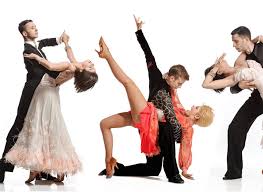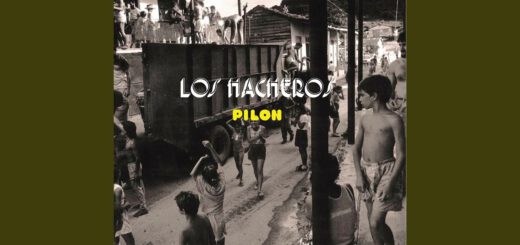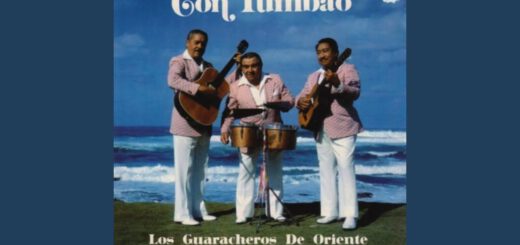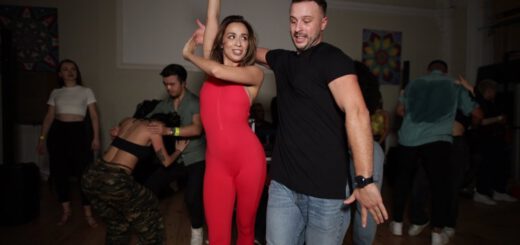The Quickstep: A Short History and The Basic Steps
Imagine a ballroom dance; what do you see? Elegantly dressed ladies chaperoned by gentlemen in tuxedos twirling around a beautiful and exquisite ballroom. In the late 18th Century ballroom dancing began in England. Initially the property solely of the upper classes but quickly adopted by the lower classes a little later.
The Quickstep is a popular dance at many ballroom dance competitions and started in the 1920s in England. The dance evolved from the Foxtrot, the Charleston and a couple of other dances, and has undergone many changes over the years. Although some dancers still perform the dance slowly, nowadays the dance is faster than it was at its outset. In fact, it is danced to the fastest tempo of the ballroom dances. A further change since the inception of the dance is the usage of more syncopation in the steps. Three characteristic dance figures of the Quickstep are the chasses, where the feet are brought together, the lockstep and quarter turns. Distinctive to the Quickstep is an up and down, rise and fall swinging motion performed at a fast pace.
First Basic Step. The lead dancer steps forward on their right foot – slow, then step to the side on the left – quick (the feet should now be parallel), the right foot is brought together with the left – quick, finally stepping out to the side with the left foot again – slow. It continues, step back with the right foot and step to the side on the left (feet again in a parallel position), the right foot is brought together with the left, and then step out again with the left foot. To allow progress around the dance floor the lead dancer would initiate the step out, adding further variety with turns and runs.
When observing the Quickstep, it may appear similar to the whirling figures common in a waltz. However, listen to the music, and you will be able to recognise that it is not the waltz, but the Quickstep performed at 4/4 time rather than the waltz at 3/4 time. Another indication that you are seeing the Quickstep is the jazzy fast beat of the songs compared to the slow waltz song.
Today most ballroom dance lessons not only include the Quickstep but also the tango, fox trot, samba, rumba, the jive, the cha cha cha and the paso doble. The tango has 4/4 meter and uses medium tempo orchestral type of music. The foxtrot also has a 4/4 meter and its basic rhythm is slow quick quick, performed with medium or slow jazz music. The Samba boasts an exhilarating Latin beat with 2/4 meter and has approximately 100 beats per minute, whilst the cha cha cha is usually to a Latin beat but, unlike the samba, has a medium tempo with 128 beats per minute. On the hand, or should I say foot, the rumba is to a slow Latin ballad and its tempo is 104 beats per minute with a meter of 4/4. The jive is a fast moving swing type music with 176 beats per minute. Lastly, there is the paso doble, its meter is 2/4 and rhythm is similar to a march with one-step beat and dramatic likened to bullfight music.










 Thomas & Lilo
Thomas & Lilo  2023
2023













